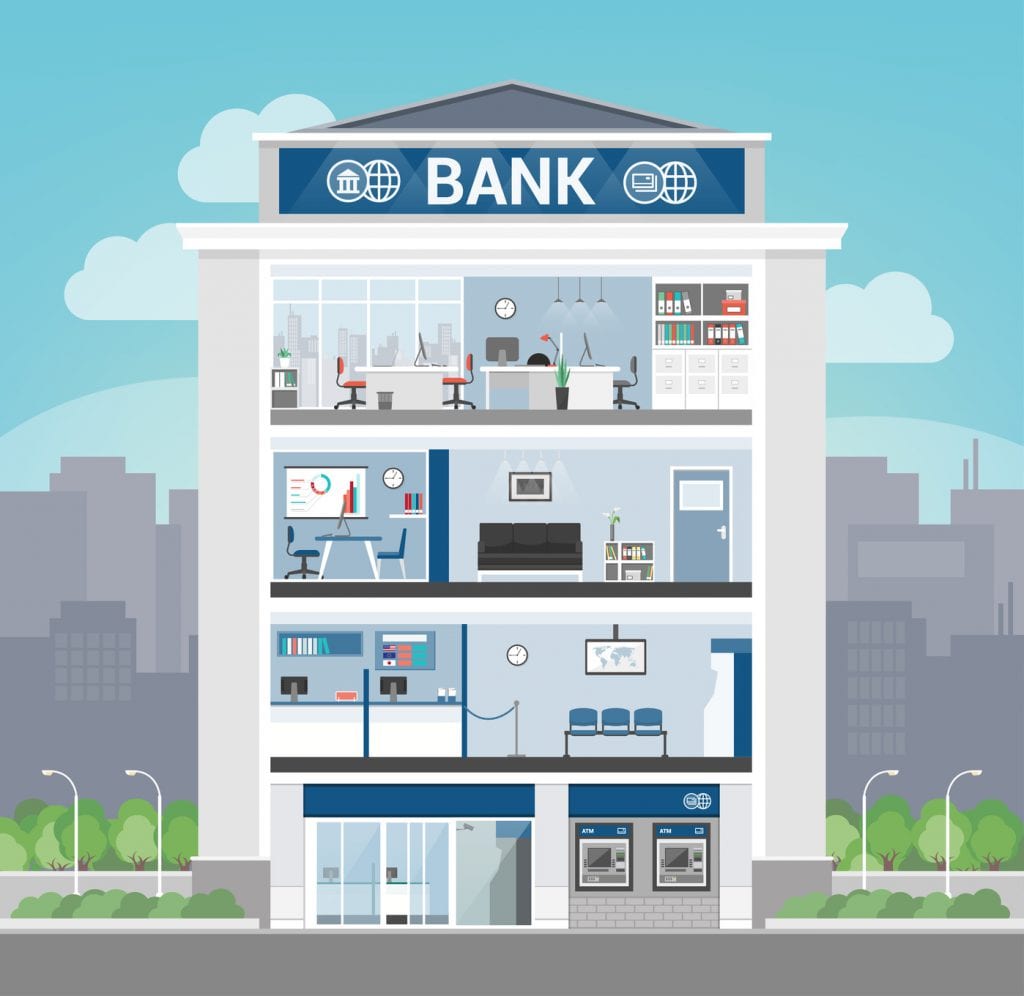According to the Federal Bureau of Investigation, B2B invoice scams are on the rise. What is an invoice scam? Essentially, the crime works by sending a fake invoice to a company that appears to come from one of its suppliers.
Fraudsters may also notify a business that a vendor has changed its banking information, instructing them to direct their payments to a different bank account. The issue is so widespread that the U.S. Postal Service released a public service announcement warning business owners about solicitations disguised as invoices:
“Don’t be victimized by con artists who try to get your company to order goods or services by mailing you solicitations designed to look like invoices. The unscrupulous individuals who mail these know that some unsuspecting managers and employees will be fooled by their appearance and will automatically remit payment, thinking the company had placed an order.
Title 39, United States Code, Section 3001, makes it illegal to mail a solicitation in the form of an invoice, bill, or statement of account due unless it conspicuously bears a notice on its face that it is, in fact, merely a solicitation. This disclaimer must be in very large (at least 30-point) type and must be in boldface capital letters in a color that contrasts prominently with the background against which it appears.”
The Federal Bureau of Invoices
According to a recent public service announcement by the Federal Bureau of Investigation, there has been a 270 percent spike in B2B invoice scams since last January.
“Business email compromise (BEC) is defined as a sophisticated scam targeting businesses working with foreign suppliers and/or businesses that regularly perform wire transfer payments. The scam is carried out by compromising legitimate business e-mail accounts through social engineering or computer intrusion techniques to conduct unauthorized transfers of funds.
Most victims report using wire transfers as a common method of transferring funds for business purposes; however, some victims report using checks as a common method of payment. The fraudsters will use the method most commonly associated with their victim’s normal business practices.”
According to the FBI, the scam has been reported in all 50 states and 79 countries. Fraudulent transfers have been reported going to 72 countries; however, the majority of the transfers are going to Asian banks located within China and Hong Kong.
The BEC scam has caused about $1.2 billion in damages for businesses between October 2013 and August 2015.
AP Automation with Fraud Protection
AP automation enforces strict adherence to business rules, reducing opportunities to commit B2B fraud. Manual processes rely on post payment review to detect deviations from business rules. By the time you’ve detected an issue or discovered an error, the fraud has already occurred.
Accounts payable automation ensures that your company’s invoice and payment information is secure in a cloud-based environment that can be accessed anywhere at any time. Automated fraud detection is one of your company’s best lines of defense against fraudulent and duplicate requests for payment.
With automation, the key is to create a pattern of permission to where no one person has the ability to:
•
